#grasslands
Text
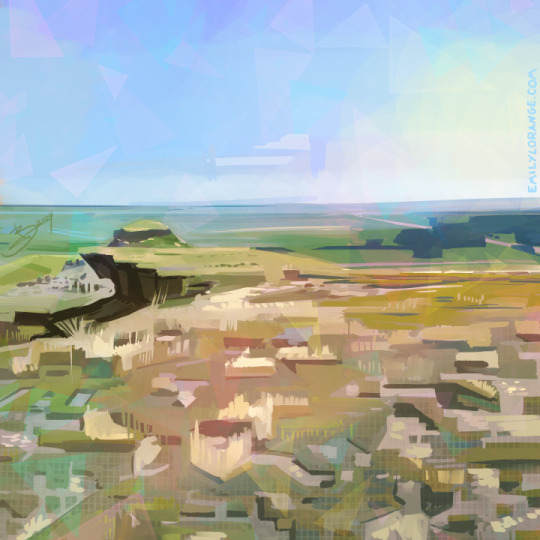


nebraska grasslands
PleinAirpril days 23-25
#plein airpril#plein airpril 2024#nebraska#grasslands#artists on tumblr#art#digital art#clip studio paint
121 notes
·
View notes
Text
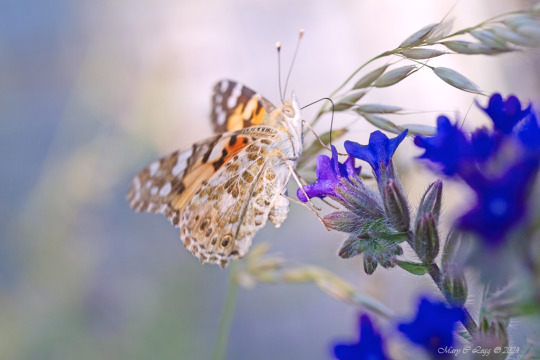
Painted Lady, Vanessa cardui
0841vsen7D19_06_18.jpg
Canon 7D EFS 60 2.8 f/5.6 1/320 iso: 400 Vsenory, Czech Republic 6/18/2019
#SaveButterflies#butterflies#lepidoptera#insects#invertebrates#Nymphalidae#grasslands#migratoryButterflies#macro#insectphotography#macrophotography#insect#canon
25 notes
·
View notes
Photo
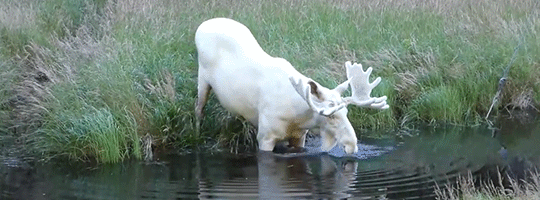
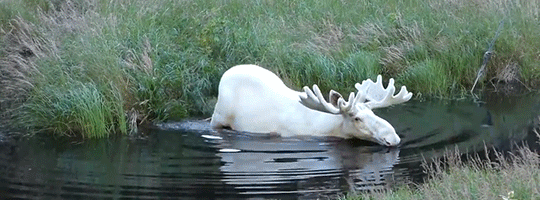
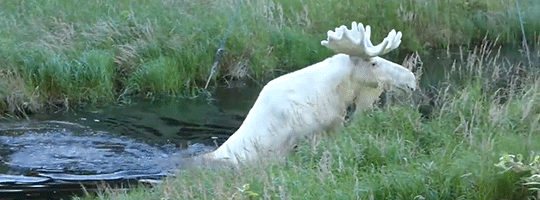
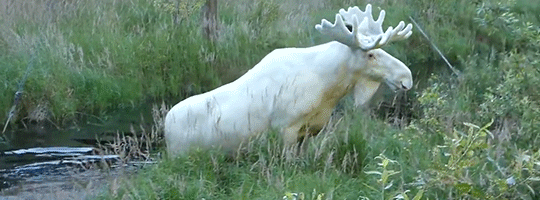
A leucistic moose filmed by municipal councilmember Hans Nilsson in the Värmland region of Sweden (2017)
National Geographic
31K notes
·
View notes
Text




#naturecore#nature#scenery#landscape#explore#garden#gardencore#paradise#countryside#nature peace#peaceful scenery#grasslands#flowercore#plantlife#trees#forests#cozycore#photography#travel#peaceful places#peaceful vibes
2K notes
·
View notes
Photo
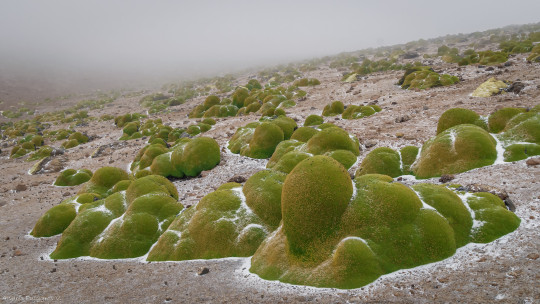


Yareta or llareta is a velvety, chartreuse cushion plant in the family Apiaceae which is native to South America. It grows in the Puna grasslands of the Andes in Peru, Bolivia, northern Chile and western Argentina at altitudes between 3,200 and 5,250 metres.
Photos by Andres Puiggros V.
#plants#green goo#nature#landscape#yareta#south america#frost#green#naturecore#curators on tumblr#andes#mountains#fog#mist#uploads#grasslands
3K notes
·
View notes
Text

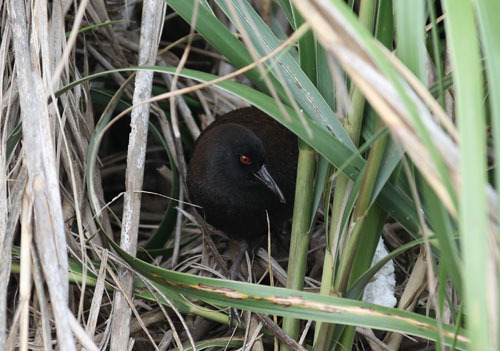

Access Denied: The Inaccessible Island Rail
The Inaccessible Island rail (Laterallus rogersi) is a rarely seen member of the rail family, Rallidae. Part of the reason for its obscurity is the place in which it resides: Inaccessible Island, part of the Tristan da Cunha archipelago in the southern Atlantic Ocean. These islands are extremely remote, and until 2019 it was unclear how L. rogersi even came to be there. We now know that the species colonized the island some 1.5 million years ago, originally coming in from South America and subsequently losing its ability to fly.
In addition to its unique evolutionary history, the Inaccessible Island rail's greatest claim is that it is the smallest flightless bird in the world. Individuals weigh between 35 to 49 g (1.2–1.7 oz) and can be 13 to 15.5 cm (5.1–6.1 in) long from beak to tail. Members of both sexes are dark brown with red eyes; some may have white striping along the underbelly or wings. Females tend to be slightly smaller and lighter in color than males.
The Inaccesible Island rail can be found on all habitats on the island in which it inhabits; these include low mountains and fern brush though the species is most abundant in the grasslands that grow close to the rocky shore. Within these habitats, L. rogersi is largely diurnal. They freely forage for invertebrates, including earthworms, beetles, and moths, as well as seeds and berries; as they have no natural predators they have few defenses against potential threats, although they can run extremely fast when alarmed.
Adults are highly territorial, and when two rivals of either sex encounter each other they will display by lowering their heads, circling each other, and calling loudly until one of them concedes. Males and females mate for life, and build nests in the tall grass. The breeding season is between October and January, in late summer, and females lay a clutch of 2 eggs. Both parents take turns incubating the eggs until they hatch. Chicks can be vulnerable to predation by the migratory brown skua, so parents guard the nest fiercely. The time it takes for chicks to fully mature is unknown, as is the average lifespan in the wild.
Conservation status: The Inaccessible Island rail is considered Vulnerable by the IUCN. The island's population is believed to stand at about 5,600 adult birds. While the island's ecology is currently stable, researchers believe the species would be seriously imperaled if invasive species such as house mice, feral cats and brown rats were introduced. Access to the island is currently restricted, and the island has been declared a nature reserve by the Tristan da Cunha Island Council.
If you like what I do, consider leaving a tip or buying me a kofi!
Photos
Peter G. Ryan
#inaccessible island rail#Gruiformes#Rallidae#rails#birds#islands#island birds#grasslands#grassland birds#Atlantic ocean#animal facts#biology#zoology
939 notes
·
View notes
Text
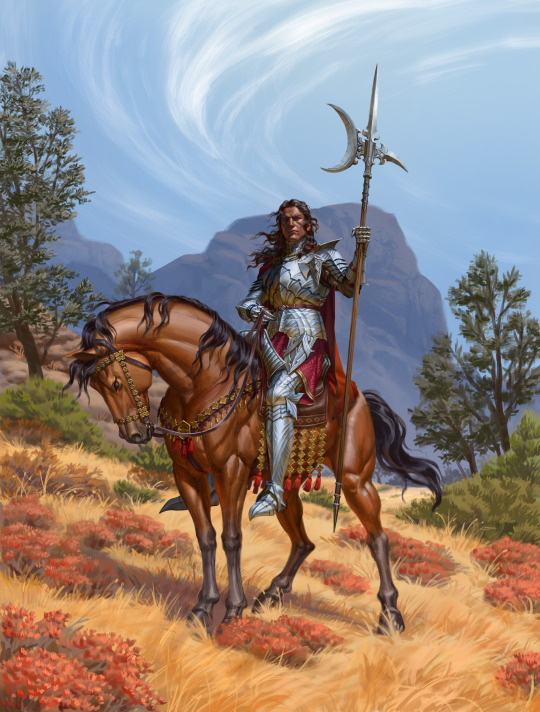
Recently went on vacation with my family and visited Hearst Castle, Pinnacles National park, Yosemite and a bunch of other parks in that area. The rolling yellow hills dotted with oak trees were very beautiful so naturally I was inspired to paint something and then ruin it by slapping a knight in the middle of it.
#knight#grasslands#illustration#going back into my hole now I have so much work I need another vacation lol
492 notes
·
View notes
Text
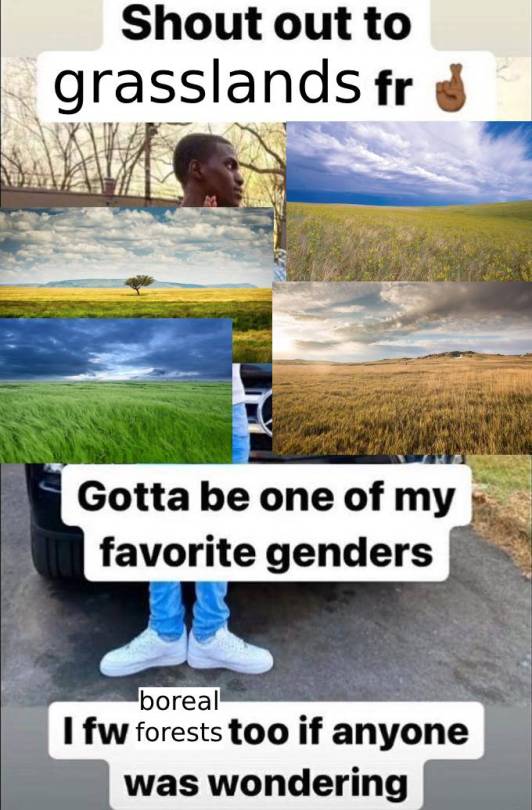
#grasslands#prairie#savannna#ecology meme#funny#haha#science#ecology#biomes#environment#earth#planet earth#boreal forest#god i fucking LOVE grasslands they're so good
2K notes
·
View notes
Photo
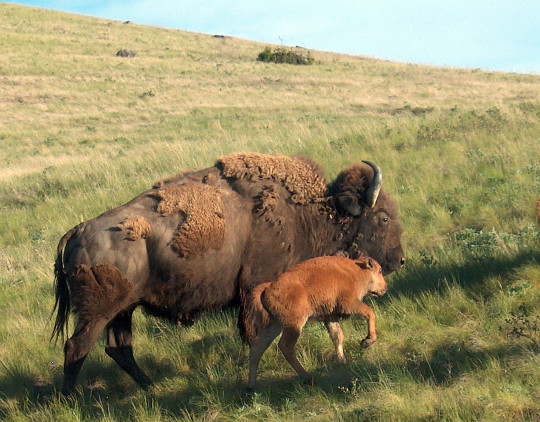
Kansas Research Shows Reintroducing Bison on Tallgrass Prairie Doubles Plant Diversity
Findings from decades of data also point to resistance to extreme drought.
Decades of research led by scientists at Kansas State University offered evidence reintroducing bison to roam the tallgrass prairie gradually doubled plant diversity and improved resilience to extreme drought.
Gains documented in the journal Proceedings of the National Academy of Science were among the largest recorded globally in terms of species richness on grazing grasslands. The research involved more than 30 years of data collected at the Konza Prairie Biological Station near Manhattan.
Zak Ratajczak, lead researcher and assistant professor of biology at Kansas State, said removal of nearly all bison from the prairie occurred before establishment of quantitative records. That meant effects of removing the dominant grazer were largely unknown, he said.
“Bison were an integral part of North American grasslands before they were abruptly removed from over 99% of the Great Plains,” Ratajczak said...
Read more: https://www.agriculture.com/news/business/kansas-research-shows-reintroducing-bison-on-tallgrass-prairie-doubles-plant-diversity
#bison#prairie#ecology#prairie ecology#grasslands#nature#science#ungulate#grazing#animals#north america#biodiversity#environment#conservation#restoration ecology#range ecology
1K notes
·
View notes
Video
Cultivated North America
#tiktok#north america#land back#indigenous#native grass lands#grasslands#colonization#colonialism#conservation
2K notes
·
View notes
Text
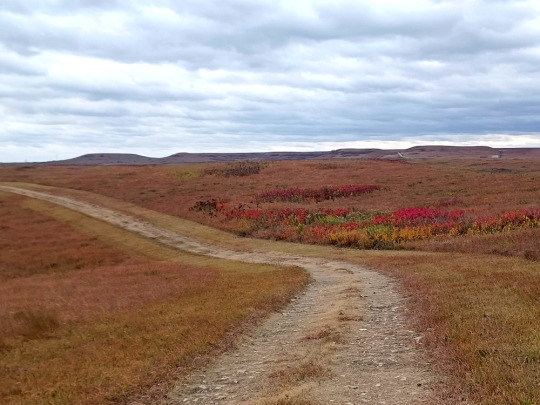

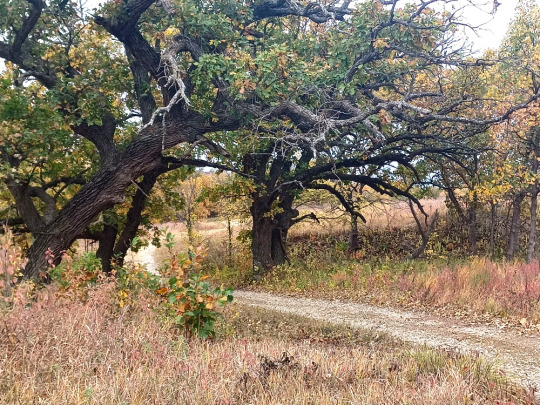
I am still decompressing from four days of driving, but I am intensely pleased that I got to spend a few hours walking the full six-mile loop at Konza Prairie Biological Station in the Flint Hills of eastern Kansas. I've been to plenty of old-growth forests, but this was my first time getting to explore an old-growth tallgrass prairie, and the oak groves that often form in low-lying areas. It was saved from being plowed under by all the dolomite stone just under the soil which made agriculture too difficult, other than cattle grazing. After driving for hours through cornfields and pastures full of non-native pasture grasses, it was such a relief to be able to immerse myself in a place that looks much like this entire landscape did for thousands of years. I know they're still doing restoration work there, since fire suppression has caused some imbalances, and of course the extermination of bison, but it's one of the best examples of North American tallgrass prairie still available today.
I have a lot more thoughts ruminating about this experience, but for now, enjoy a few pictures.
#Konza Prairie#tallgrass prairie#tallgrass#native ecosystems#old growth#prairie#grasslands#ecology#restoration ecology#Kansas#Midwest#North America#grass#grasses#nature#nature photography#travel
286 notes
·
View notes
Photo
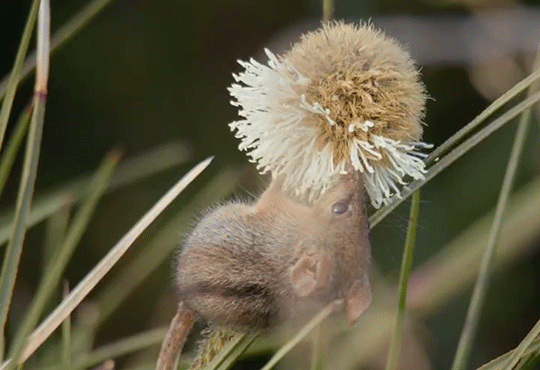


The honey possum, also called a noolbenger, is the only flightless animal that feeds exclusively on nectar and pollen. As such it’s an important pollinator in the grasslands of southern Australia.
Grassland Films
#honey possum#noolbenger#australia#grasslands#mammalia#diprotodontia#y'all should go to that wiki page there's uhh.. a really great illustration.
12K notes
·
View notes
Text



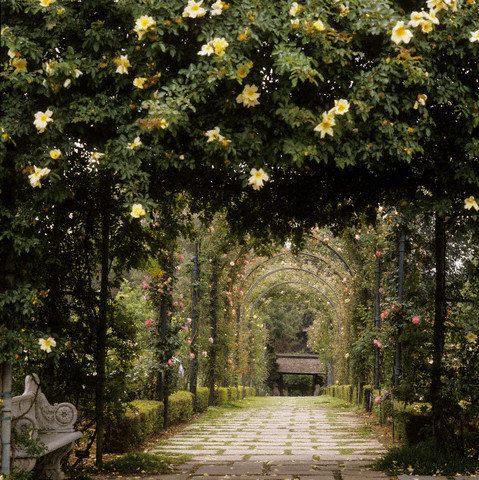
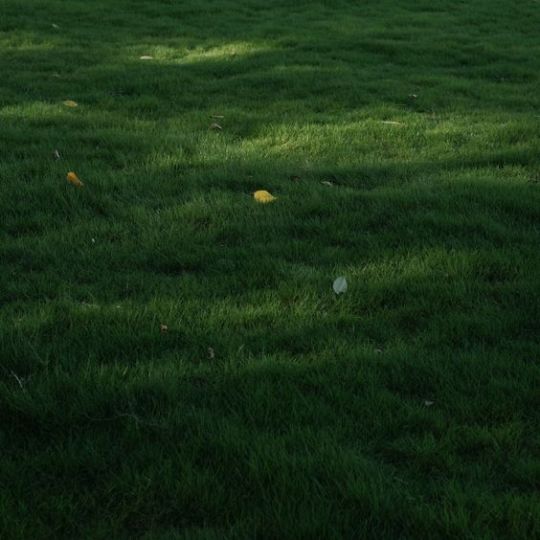
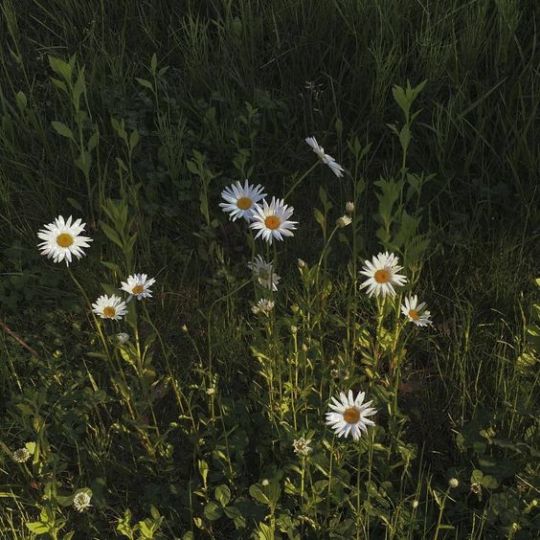


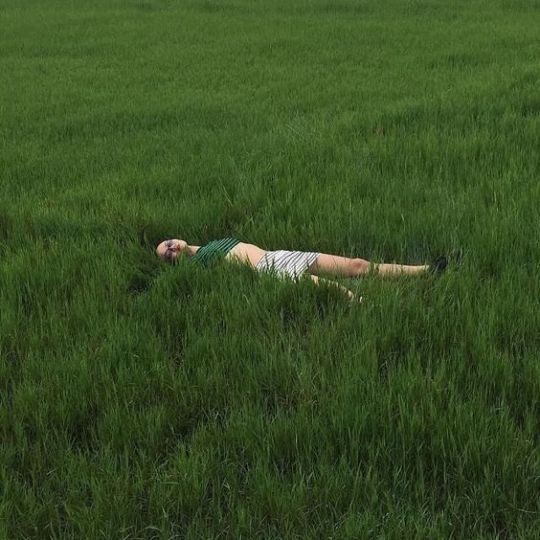
#naturecore#nature peace#peaceful nature#grasslands#peaceful vibes#green nature#gardencore#garden#cozycore#explore#greencore#scenery#travel#aesthetic#plants#water#cozy vibes#cozy places#moodboard#grass#cozy aesthetic
1K notes
·
View notes
Text
Truckload of pumpkins

#pumpkins#farmland#grasslands#autumn#fall vibes#furry art#digital drawing#orange#truck#digital illustration#furrydrawing#field
261 notes
·
View notes
Photo
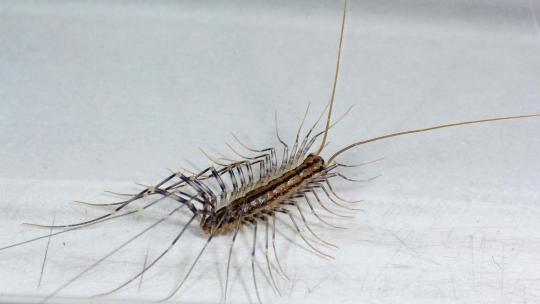
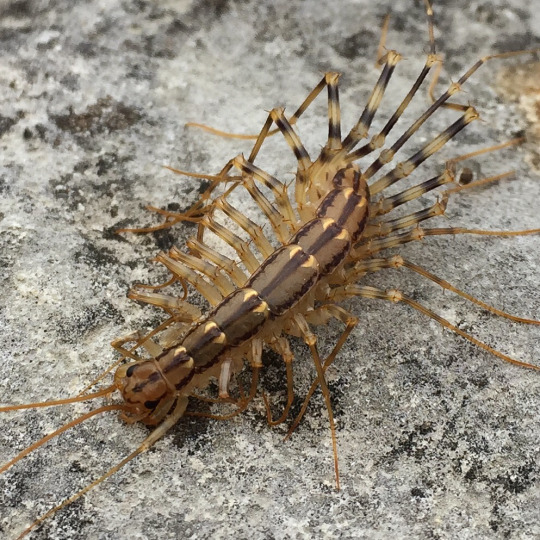
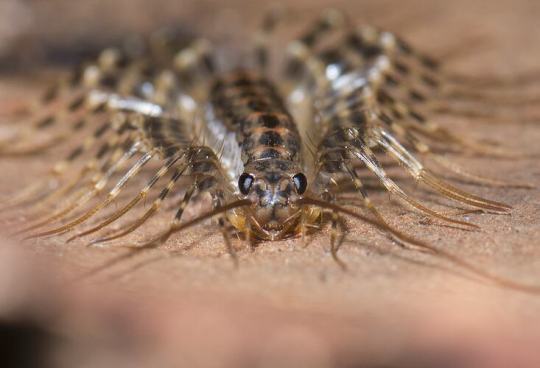
Open Your Home to the Common House Centipede
A common sight in homes throughout Europe, Asia, the Americas, and Australia the common house centipede (Scutigera coleoptrata) is a medium-sized species of centipede originally from the Mediterranean. In the wild, they prefer grasslands and deciduous forests where they can hide under rocks, logs, or leaf litter. These insects have also adapted well to urban development, and are frequently found in basements, bathrooms, and garages, as well as gardens and compost piles.
Like other centipedes, the common house centipede has less than 100 legs; in fact, they only have 15 pairs, with the front pair used only for holding prey or fending off threats. All those legs let the common house centipede move up to 0.4 meters per second (1.3 ft/s) over a variety of surfaces, including walls and ceilings. The actual body of S. coleoptrata is only 25 to 35 mm (1.0 to 1.4 in) long, but the antennae are often as long as the body which can give this insect a much larger appearance. However, they can be hard to spot, especially in their natural environments; their tan and dark brown coloration allows them to blend in seamlessly to surrounding vegetation.
Though they pose little threat to humans, house centipedes are predatory. Their primary food source is other arthropods, including cockroaches, silverfish, bed bugs, ticks, ants, and insect larvae. S. coleoptrata is a nocturnal hunter, and uses its long antennae to track scents and tactile information. Their compound eyes, unusual for centipede species, can distinguish daylight and ultraviolet light but is generally used as a secondary sensory organ. When they do find prey, house centipedes inject a venom which can be lethal in smaller organisms, but is largely harmless to larger animals. This makes them important pest controllers. In the wild, house centipedes are the common prey of rodents, amphibians, birds, and other insects.
The mating season for S. coleoptrata begins in the spring, when males and females release pheromones that they can use to find each other. Once located, the male spins a silk pad in which he places his sperm for the female to collect. She then lays fertilized eggs in warm, moist soil in clutches of 60-150. These eggs incubate for about a month, and the young emerge with only four pairs of legs. Over the next three years, juvenile house centipedes molt 7 times, each time gaining new pairs of legs. After they grow their last pair of legs, immature house centipedes molt an additional 3 times, at which time they become sexually mature. If they can avoid predation, individuals can live up to 7 years in the wild.
Conservation status: The common house centipede has not been evaluated by the IUCN, as it is relatively common both in the wild and in urban areas. Although they have been introduced to areas outside their native range, no detrimental environmental effects have been associated with their spread.
If you like what I do, consider leaving a tip or buying me a ko-fi!
Photos
Joseph Berger
David Paul
Conrad Altman via iNaturalist
#common house centipede#Scutigeromorpha#Scutigeridae#centipedes#myriapoda#myriapods#insects#arthropods#deciduous forests#deciduous forest arthropods#grasslands#grassland arthropods#urban fauna#urban arthropods#europe#north america#south america#asia#australia#oceania#animal facts#zoology#biology
621 notes
·
View notes
Text
📽️ by @afrimtahiraj
"Peaceful landscapes of North Albania."
188 notes
·
View notes